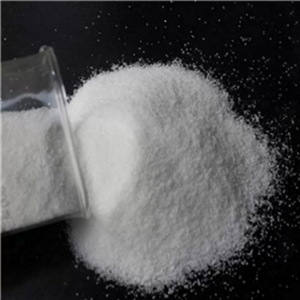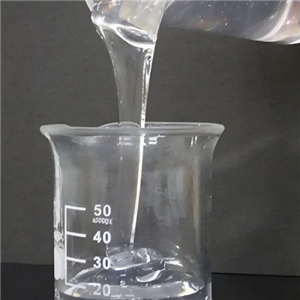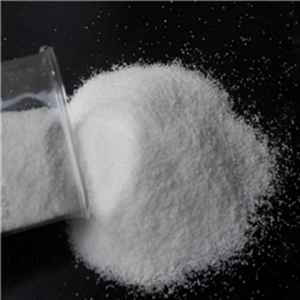The HLB Value and the Selection of Reverse Demulsifiers
The appropriate HLB value of reverse demulsifier/deoiler can be selected based on the properties of the oil-water system in the following aspects:
1.Understanding the Characteristics of the Oil-Water System
1).Types of oil Different types of oil have different properties. For example, mineral oil is usually easier to demulsify and may require a reverse demulsifier/deoiler with a lower HLB value; while some synthetic oils or heavy oils may require a reverse demulsifier/deoiler with a higher HLB value for effective demulsification. For oils containing more aromatic hydrocarbons, due to their complex molecular structure, a reverse demulsifier/deoiler within a specific HLB value range may be required to achieve a good demulsification effect.
2). Characteristics of water The ion content in water can affect the choice of demulsifiers. High salinity water may interact with certain demulsifiers, affecting the demulsification effect. In this case, a reverse demulsifier/deoiler that is insensitive to salinity or has specific salt resistance properties needs to be selected and the HLB value of reverse demulsifier/deoiler may need to be adjusted according to the salinity. If the water contains other impurities, such as suspended solids and organic matter, it will also affect the demulsification process. These impurities may compete with the reverse demulsifier function for adsorption sites or change the properties of the oil-water interface, thereby affecting the performance of the reverse demulsifier function. These factors need to be considered comprehensively to select a reverse demulsifier function with an appropriate HLB value.
3). Oil-water ratio Different oil-water ratios will affect the effect of the reverse demulsifier function. When the proportion of oil is high, a reverse demulsifier function with a higher HLB value may be required to enhance hydrophilicity and promote demulsification; while when the proportion of water is high, a reverse demulsifier function with a lower HLB value may be required to enhance lipophilicity and improve demulsification efficiency.
2. Determine the appropriate HLB value range of reverse demulsifier function
1). General principles Reverse demulsifier function with an HLB value between 3-6 usually have strong lipophilicity and are suitable for situations where the oil content in the water-in-oil emulsion is high. Reverse demulsifier function with an HLB value between 7-9 have medium lipophilicity and hydrophilicity and are suitable for a more balanced oil-water system. Reverse demulsifier/deoiler with an HLB value between 10-18 have strong hydrophilicity and are suitable for oil-in-water emulsions or situations where the oil content is low.
2). Experimental methods of reverse demulsifier application Experimental methods such as the bottle test method and interface tension measurement can be used to initially determine the appropriate HLB value range of reverse demulsifier application. The bottle test method is to add reverse demulsifier application with different HLB values to the oil-water system and observe the demulsification effect, such as demulsification time and the degree of oil-water separation. Interface tension measurement can measure the effect of the reverse demulsifier/deoiler at the oil-water interface. A lower interface tension usually indicates a better demulsification effect.
3. Consider Other Factors of reverse demulsifier application
1). Temperature and pressure Temperature and pressure have important influences on the properties of the oil-water system and the demulsification process. Generally, increasing the temperature can reduce the viscosity of the oil and promote demulsification, but it may also affect the performance of the reverse demulsifier application. In a high-temperature and high-pressure environment, a reverse demulsifier application with good stability and adaptability needs to be selected and the HLB value of reverse demulsifier application may need to be adjusted according to the temperature and pressure.
2). Requirements of demulsification process Different demulsification processes have different requirements for reverse demulsifier for oily wastewater. For example, in the gravity sedimentation method, a reverse demulsifier for oily wastewater with a slower demulsification speed but stable effect may be required; while in the centrifugal separation method, a reverse demulsifier for oily wastewater with a faster demulsification speed may be required. According to the specific requirements of the demulsification process, a reverse demulsifier for oily wastewater with an appropriate HLB value is selected to meet the needs of the process.
3). Cost and environmental protection requirements
Cost is also an important factor in the selection of reverse demulsifier for oily wastewater. The prices of reverse demulsifier for oily wastewater with different HLB values may vary. The demulsification effect and cost need to be comprehensively considered to select the appropriate reverse demulsifier. In addition, environmental protection requirements are becoming increasingly strict. Choose environmentally friendly reverse demulsifier function to avoid pollution to the environment.
To sum up, selecting the appropriate HLB value of reverse demulsifier/deoiler based on the properties of the oil-water system requires comprehensive consideration of factors such as the type of oil, the characteristics of water, the oil-water ratio, temperature and pressure, the requirements of the demulsification process, cost and environmental protection. Through experiments and accumulated experience, the most suitable reverse demulsifier and its HLB value for a specific oil-water system can be gradually determined.




